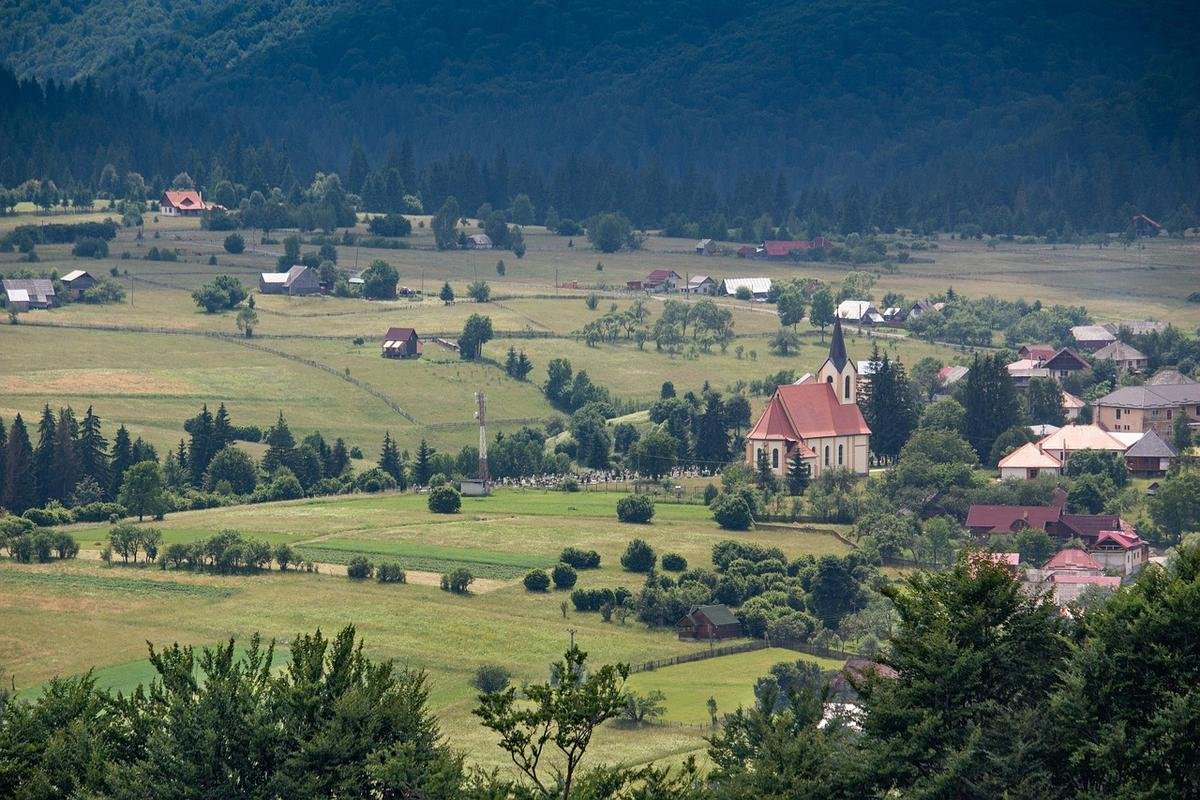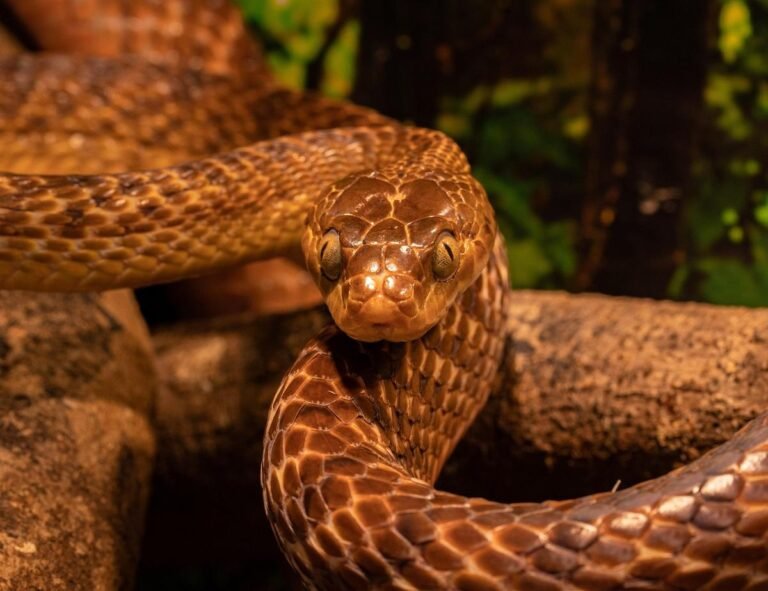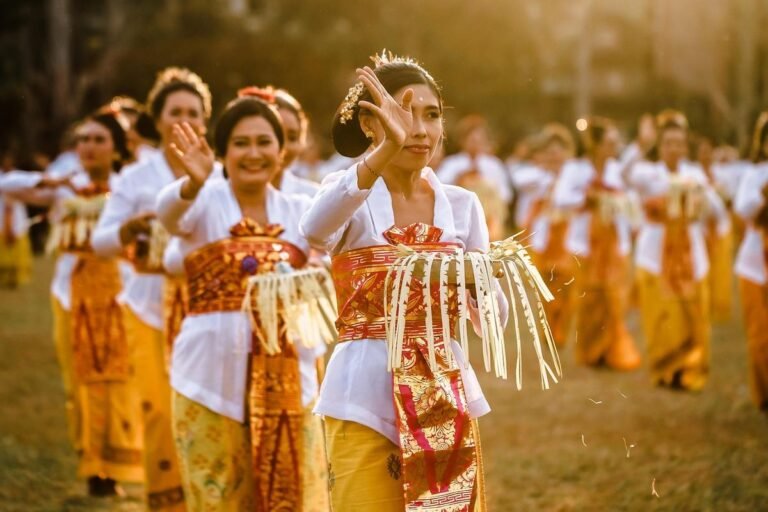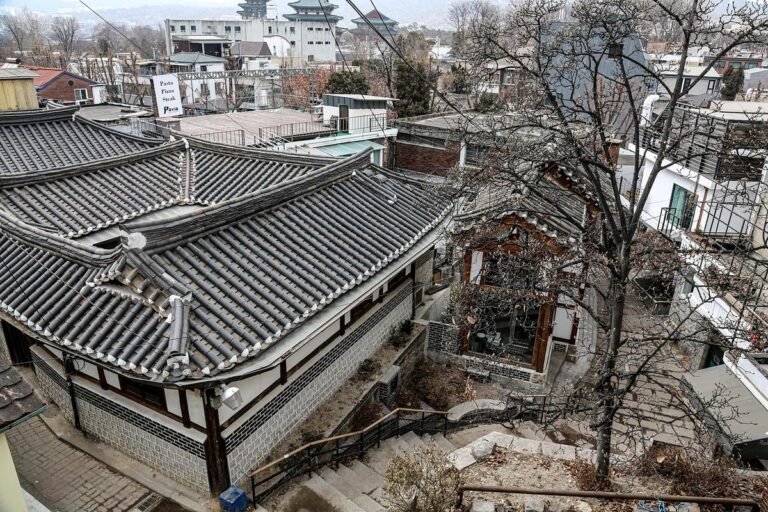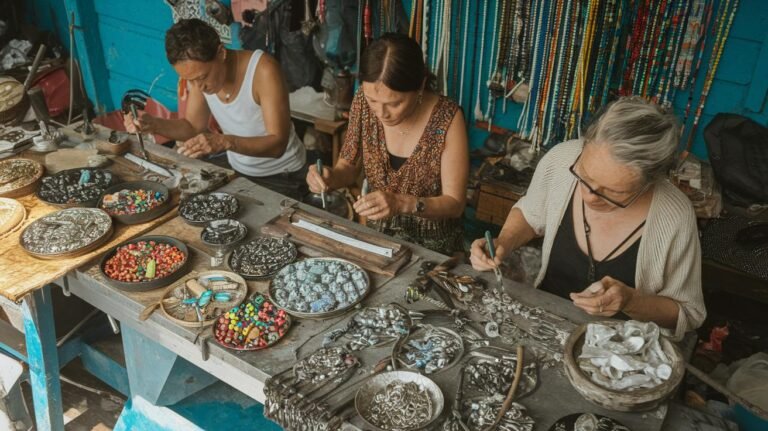Ant Attack Drives Aban and Tegal Villages to Unite as Bali’s Sacred Darmasaba
In Bali’s Badung Regency, the Abiansemal Sub-district contains Darmasaba Village, which covers three hamlets: Aban, Tegal and a central ward. Bendesa Adat of Darmasaba Village explains that families once living in Aban Village fled after a massive ant infestation rendered their homes uninhabitable. They relocated to nearby Tegal Village. Over time, those newcomers merged with existing residents, forging the community now known as Darmasaba. For decades, that union shaped local governance and festivals. Elders recount how the two groups integrated rituals and daily routines, blending customs that had once been separate. Today, the legacy of that earlier migration remains visible in both ceremony and administration.
The designation “Darmasaba” surfaced in a lontar manuscript known as Usadha Bali dated 1980. The text links the term to Ida Pedanda Sakti Manuaba, a priestly descendant of Danghyang Nirartha from Kendran Village in Tegalalang, Gianyar. According to that record, Pedanda Sakti Manuaba journeyed until he reached this area, where he encountered two panditas and a figure called Ki Bendesa. They met at Pura Budha Manis, the temple built by Kebo Iwa, to discuss dharma—Sanskrit for purity—and sabha, meaning assembly. From that gathering the name “Darmasaba” was coined, serving as a lasting reminder of that spiritual conclave.
One hamlet within Darmasaba goes by the name Banjar Cabe, a toponym rooted in local legend. According to the Bendesa Adat, after that initial assembly at Pura Budha Manis concluded at dusk, a Bendesa from Aban Village hurried back home, moving at a speed described in Balinese as nguncabang. Over time, nguncabang was shortened and altered in speech to cabe. That term became attached to the cluster of homes and fields where the Bendesa made his brisk return. Banjar Cabe’s residents still recall that story each year during the odalan of Pura Budha Manis, when they lead the procession and carry special offerings in honor of their name’s origin.
Given its origin as three merged hamlets, Darmasaba maintains multiple Kahyangan Tiga temples, each dedicated to one of the directional guardian deities. The original temple in Aban Village faced closure after an epidemic swept the area, prompting migrants in Tegal Village to erect their own sanctuary. Today, Aban’s and Tegal’s Kahyangan Tiga hold joint ceremonies on alternating years, inviting villagers to travel between sites in a spirit of communal involvement. Such rotating odalans strengthen unity by requiring every household to contribute offerings and attend rituals in both locations. During these festivals, youths carry penjor poles lining the route as women prepare traditional cakes such as jaja lawar. Men form groups known as seka teruna to drum and chant. At sunset, priests in white sang garments recite mantras near the shrines’ meru towers.
Another sacred spot lies within Taman Beji Cengana Temple, where villagers perform penglukatan, or spiritual cleansing. Legend states that the temple’s spring hosts benevolent angels who bless ritual bathers. Bendesa Adat advises that worshippers must first ask the jro mangku for permission and detailed instructions on what to bring. Depending on one’s personal request—whether for healing, protection, or general purification—the jro mangku may specify a unique set of holy water prasadha, flowers, coconut pieces and kuas for sprinkling. During the rite, participants may stand beneath sacred banyan trees and utter silent prayers, mindful to avoid impolite language or prohibited behaviors. That respect helps maintain calm at the site and allows the melukat ceremony to proceed smoothly.
Topographically, the village occupies gently sloping lowlands fed by traditional irrigation channels. Its subak system, overseen by local water chiefs, supports terraces of rice that shift hue through the seasons, from the pale green of young sprouts to the golden-orange of harvest. Beyond rice, fields yield crops like chili, banana and peanuts. Many families are members of the subak cooperative, pooling labor when planting and harvesting. The sprawling paddies present a soothing vista for visitors who travel dirt lanes to reach guest bungalows and small cafes overlooking the fields. On the artisan side, Darmasaba’s potters specialize in clay roof tiles fired in wood-burning kilns. Each tile bears imprint patterns that artisans craft with spinning molds and hand-carved stamps, giving a signature flourish to houses across the regency. Workshops sift clay and fire tiles in wood kilns fueled by coconut husks. Small tours often observe the full process.
Local eateries have capitalized on the village’s agriculture. Rice paddies visible from the dining area set the scene for plates of Babi Guling, served with crispy skin, fragrant rice and spicy sambal matah. Family-run warungs often offer ayam betutu, slow-cooked chicken wrapped in banana leaves, and lawar, a blend of chopped meat, grated coconut and aromatic herbs. Photographers and food bloggers regularly feature these dishes against the green paddy backdrop, turning Darmasaba into an impromptu open-air restaurant. Before dawn, stalls open with rice cakes stuffed with shredded pork skin and spices that draw early crowds.
Through its unique backstory—starting with an ant invasion, carrying through a sacred gathering and evolving into a multi-ward society—Darmasaba Village retains a strong sense of identity. Cultural keepers lead programs teaching young people traditional dance and ritual implements, as several cooperatives explore eco-tourism initiatives. Government initiatives have brought solar street lamps and upgraded village halls. Public health campaigns encourage waste management and local markets display handicrafts alongside fresh produce. Village schools teach water management and temple rites so students learn irrigation and offering traditions early. In this way, Darmasaba reflects both its ancestral roots and its role as a forward-moving community, blending ceremonial life with modern living.

